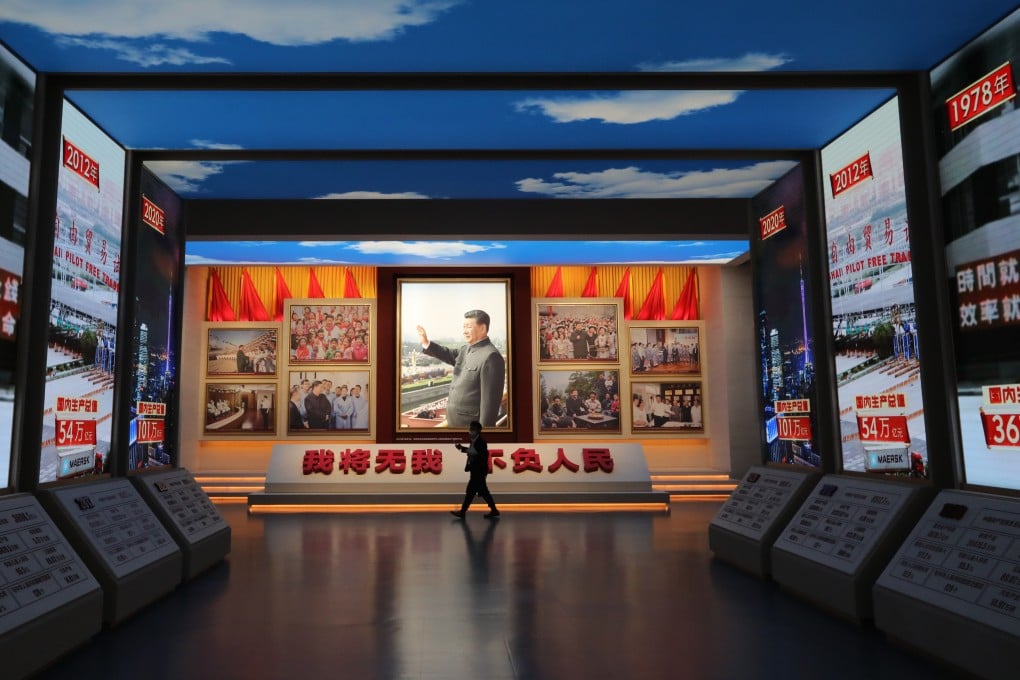Opinion | Lesson from history: how Chiang Kai-shek lost China
- In reviewing history, the Communist Party made no mention of the collapse of KMT rule in mainland China
- But, for Beijing, the blunders and character flaws that culminated in the Nationalists’ defeat in the civil war could be more instructive than the collapse of the Soviet Union

“Looking back on the Party’s endeavours over the past century, we can see why we were successful in the past and how we can continue to succeed in the future,” read the communique of the plenum. “This will ensure that we act with greater resolve and a stronger sense of purpose in staying true to our Party’s founding mission, and that we more effectively uphold and develop socialism with Chinese characteristics in the new era.”
One episode that went unmentioned in the recent communique but could offer Xi more resonant lessons is the collapse of Kuomintang rule in mainland China. For all the strengths of Mao Zedong and the Communists, the weaknesses of Chiang Kai-shek and the KMT were decisive in bringing about an end to Nationalist rule on the mainland.
After its founding in 1921, the Communist Party grew slowly and secretly, relying on dual membership within the ranks of the KMT.
When Chiang discovered the extent of Communist membership within his party, he initiated a purge that killed thousands and drove the Communists into hiding. It was under these dire circumstances that Mao emerged as the Communist Party’s strongest leader.

